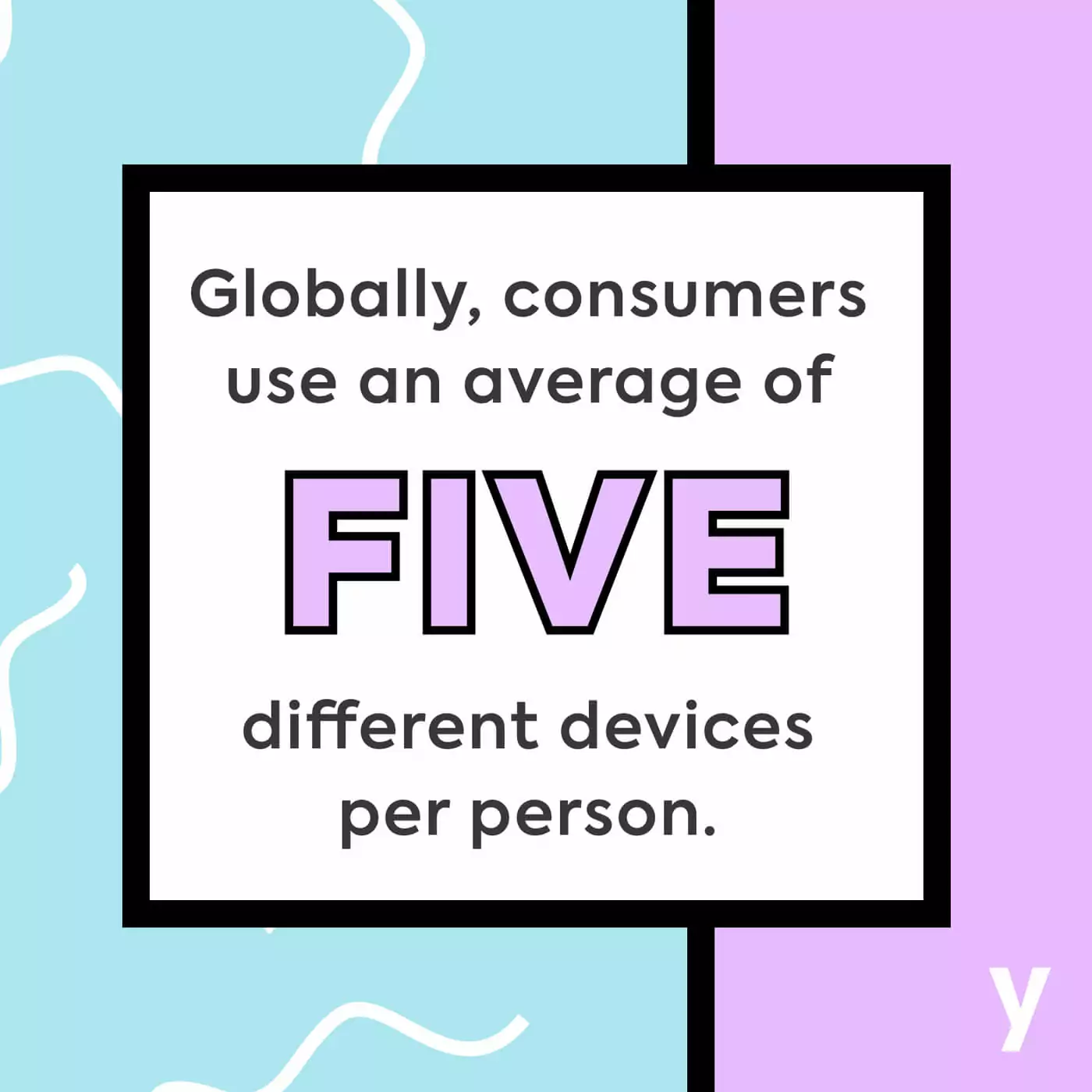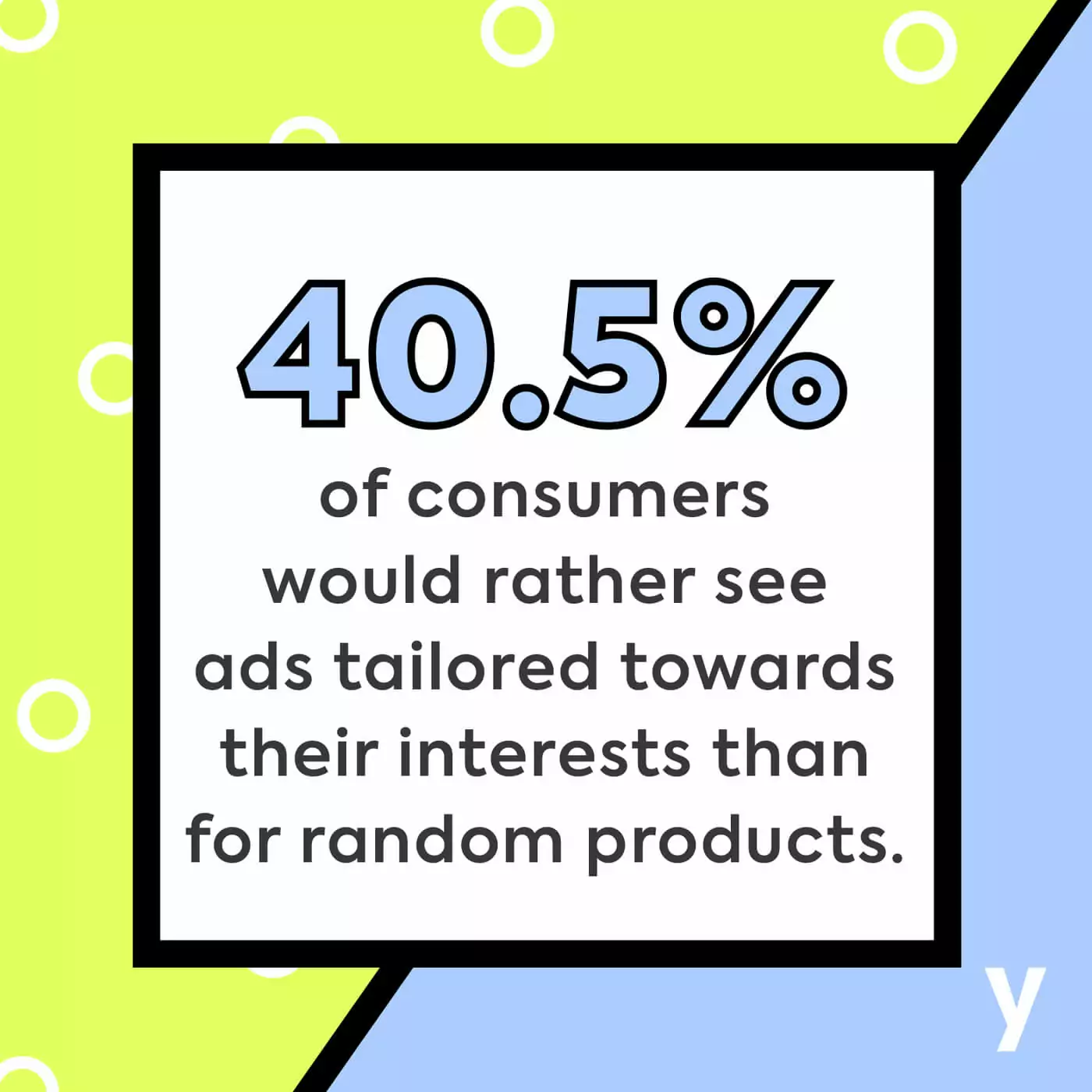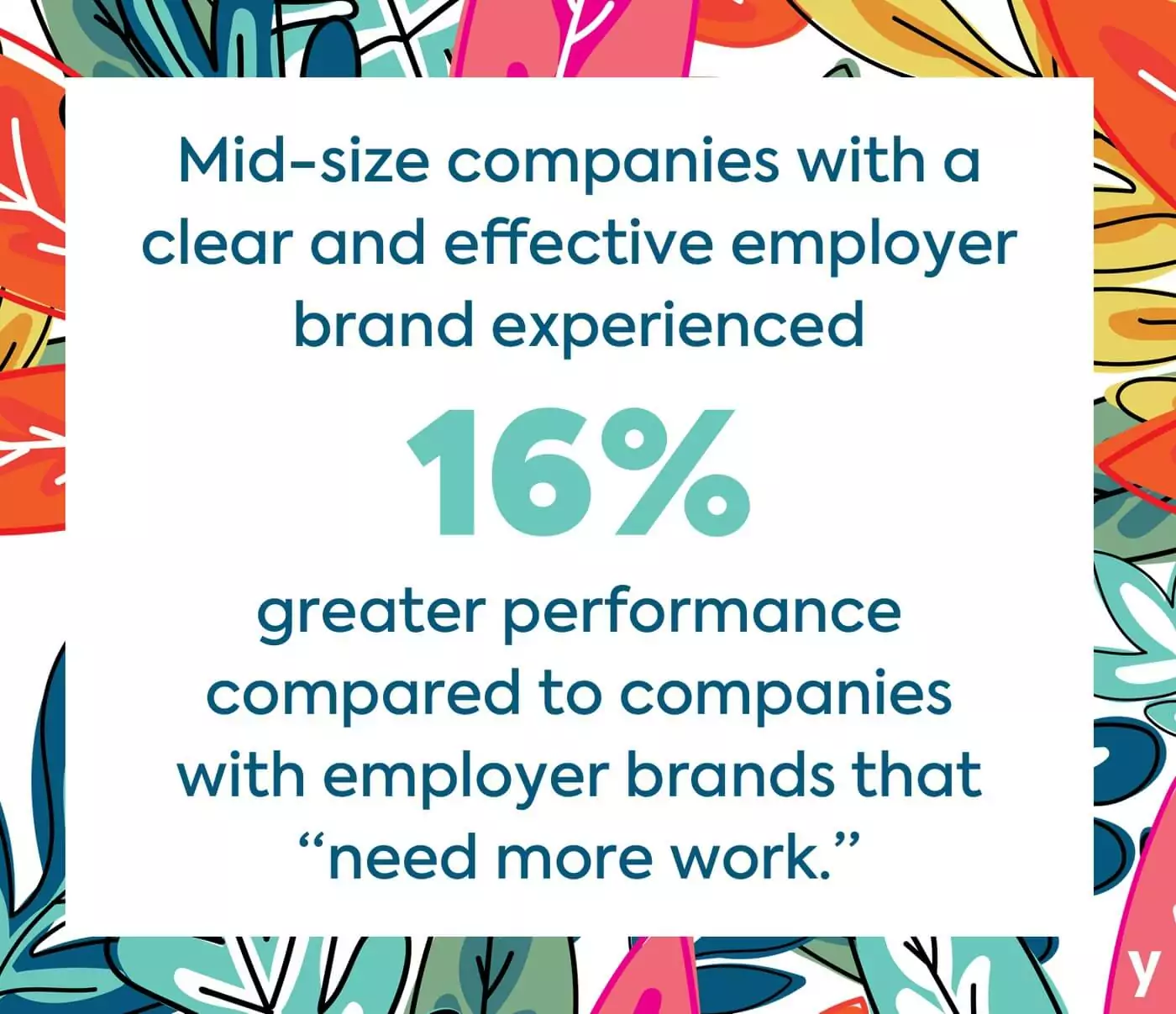Simply put, digital marketing has changed the way we do business. With robust technology advancing every day, the barriers to enter the market lower, and the playing field has been permanently altered.
Advances in digital marketing allow businesses to reach a more global audience, and suddenly, starting and maintaining a business isn’t as costly as before. This had led to more companies entering the marketplace, and while that is positive, the stiff competition makes it more difficult to succeed.
Here’s how digital marketing is changing the way we do business.
 Physical Stores are Closing
Physical Stores are Closing
Today, with a click of a mouse you can have an Amazon package sitting on your doorstep within 48 hours. And with the recent addition of electronic personal assistants to millions of Americans homes, it doesn’t even take a click. Online shopping is easy, convenient, and offers a greater variety of products. As consumers opt for the convenience of online shopping, physical retailers are amongst the hardest hit.
Brick and mortar shops are the first to go, but even large retailers have seen a decline in foot traffic. Because of the shift to online shopping, JCPenney, Macy’s, and Sears had to close more than 40% of its locations, which was a total of300 stores.
Now, these stores are putting their funds intopaid search listings. Macy’s and Nordstrom spend $6.4 million and $4 million respectively, for the top 1,000 apparel-related keywords in paid search listings. Meanwhile, successful online retailers like Amazon are going the opposite direction and opening brick and mortar stores in major markets.
 Customer Service is Always on
Customer Service is Always on
Before the convenience of the internet, consumers had to call or go to an establishment to voice a complaint, and usually consumers would leave the store feeling relatively satisfied.
Now, consumers have 24/7 access to brands, and companies are finding themselves scrambling to listen, respond to, and engage with their customers in a timely manner, while also working to adequately address customer concerns. Companies understand great customer service is what differentiates them from other brands, but keeping up with the continuous claims proves to be taxing.
According toNielsen one-third of customers prefer to address their concerns over social media. Brands recognize this, and continuously work to improve their response time. They recognize that when customers feel neglected, theytendto leave.
Unfortunately, most consumers don’t report when they have a bad experience with a brand. According to Alex Trunball, founder of customer support app Groove, 96% of customers who have a bad experience simply leave without reporting their discontent.
In the digital marketing age,customer service doesn’t sleep.
Advertising is Cheaper
Before the digital marketing age, the company with the biggest bank account won. It was simple, if you put more money towards your marketing budget, it would most likely outshine competitors.
When social media first became a player in the marketing world, it meant free advertising. Social media channels like Facebook took notice of this, and brought back the idea ofpaying to play.
With paid advertising, brands don’t have to spam their followers with tons of content to get noticed. Instead, they can strategically place ads that convert, even with a small budget. Thus, the competition now lies within strategy rather than budgets.
 …but it is Also Killing Traditional Advertising
…but it is Also Killing Traditional Advertising
As with many industries, the demise of traditional advertising in the wake of technology has been on people’s mindssince 1994. Yet, in 2017, there are still ads on TV, print, and the radio. That said, these ads are not as effective as they once were.
It’s no surprise—people are moving online. They can watch shows with ads online, these ads cost less, and can be more specifically targeted to consumer groups. This results in a higher ROI than traditional advertising. Digital advertising has been built in a way that allows you to easily measure ROI. This is an achievement in itself, because prior to the digital age, there were no clear numbers as to how many people advertising reached (and what characterized these people).
While traditional advertising is still present, those that have suggested that digital marketing would eventually overtake advertising have proven their theories to be correct. In fact, in 2016, spending on digital adssurpassed those of traditional ads. And the trends are predicted to continue, as eMarketer expects that by 2019, digital ads will account for one-third of the total cost of advertising in the United States.
How Digital Marketing is Changing the Way We Do Business
Change can be hard, and these are just a few of the ways digital marketing is changing the business landscape. As you look at your marketing strategies in the future and decide to make digital changes, Chicago digital marketing agency Mabbly is here to help.




